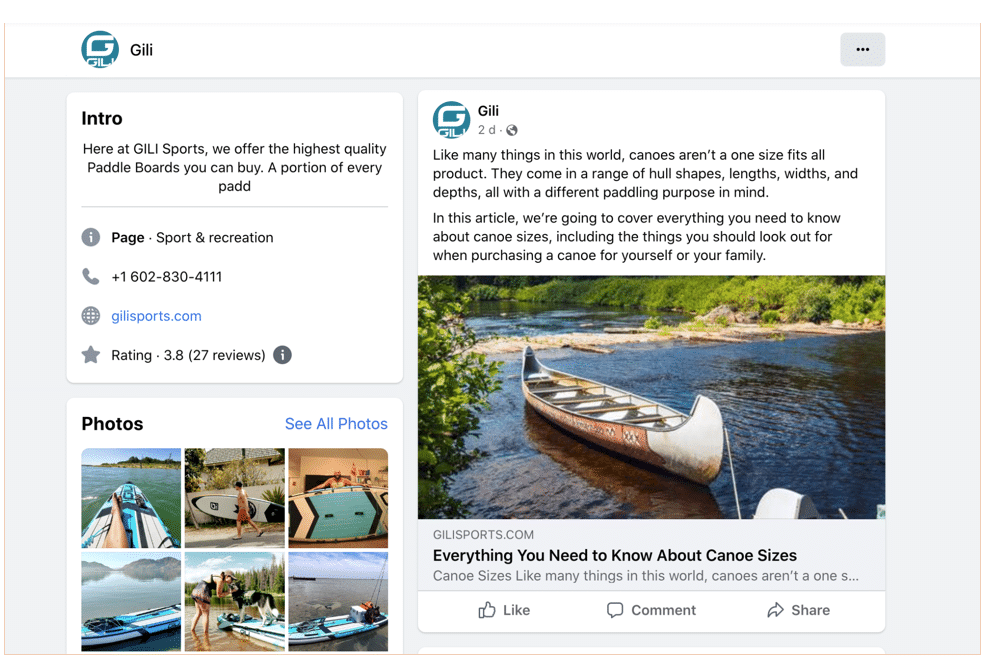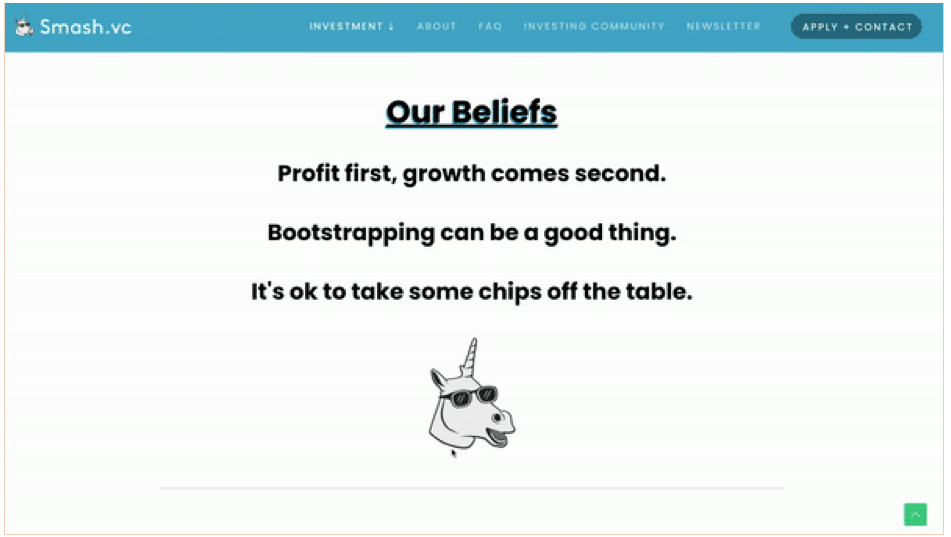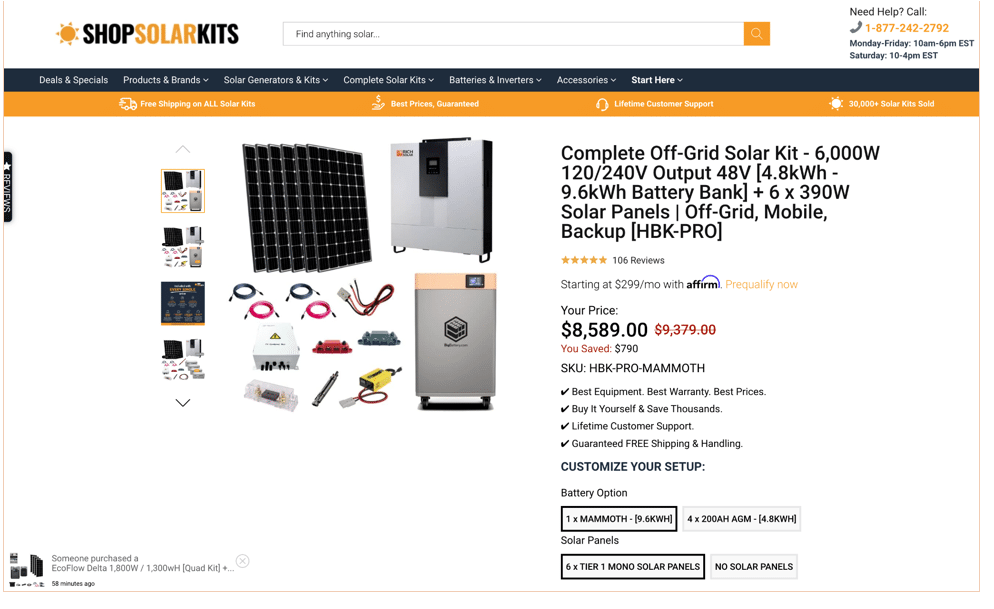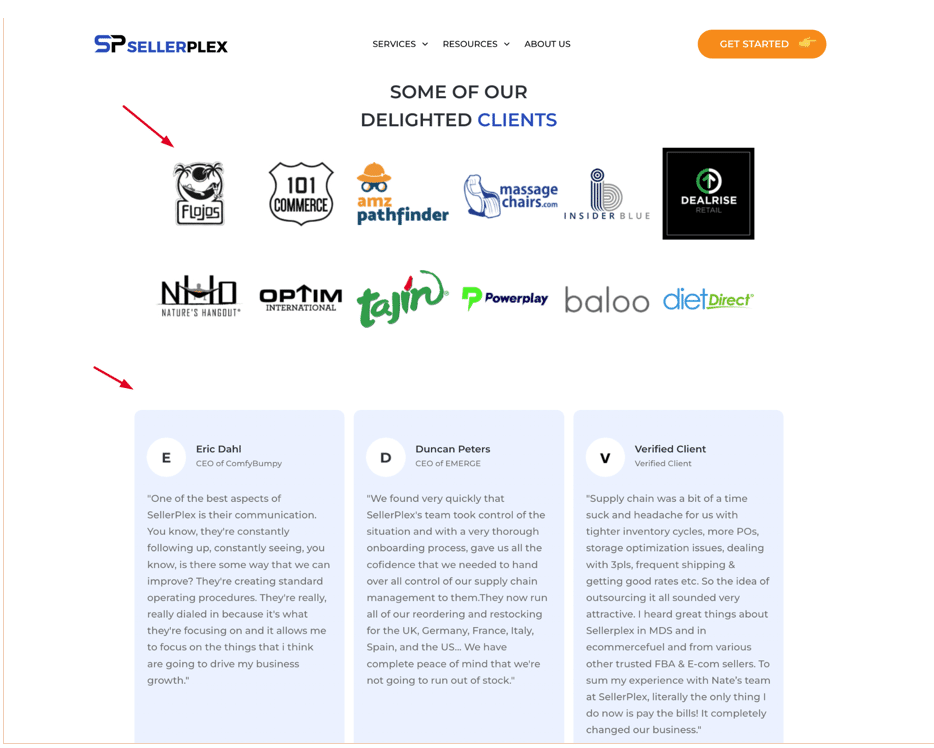The content marketing landscape is filled with myths and untruths that a lot of marketers, unfortunately, still believe in. When they accept them as gospel and try to put them to work, they quickly discover the results they were hoping for are nowhere in sight.
Let’s take a look at seven of the most common ones—and what you should be doing instead.
Source: depositphotos.com
#1 All you need to do is publish the post
A lot of content marketers and bloggers make the mistake of believing their job is done when they hit the publish button. However, this is when promoting the post comes into play, and the task is nowhere near complete yet.
As Ahrefs puts it in their Blogging For Business course, the only thing you can expect when you publish an article is the spike of hope: that initial surge of traffic that is achieved by the people who would have seen the new post anyway. These are your regular readers, subscribers, and followers.
If you want to attract new audiences, you need to promote the post more than once. You also need to have a clear strategy on how it will attract views: via internal links, backlinks, social shares, organic traffic, etc.
Take a look at the simple strategy Gili uses to promote their blog posts.
Source: facebook.com/GiliSports
They frequently reference them on social media by not only linking to them but also quoting directly from their content or showcasing the images they’ve used. This makes for improved click-through rates and better engagement.
#2 Written content is all you need for SEO
Keyword optimization is still important for SEO, but adding certain phrases to your written content is no longer enough. While there are plenty of tools, like SurferSEO or Frase, that can help you optimize your written content, diversifying your content formats will help you achieve even better results.
First of all, Google is not the only search engine out there. In fact, a lot of people use YouTube when they are looking for information, as they prefer to watch or listen to videos.
Short video content is also hugely popular, as are certain types of images. 445 million people use Pinterest when looking for ideas and inspiration, so steering off the written content path is a great content marketing tactic.
Look at Menlo Coaching. They feature a very short video on their homepage that serves several purposes. It boosts the engagement of the page and reduces its bounce rate.
Source: menlocoaching.com
It showcases the human side of the brand, making them instantly more relatable. And it diversifies the content of the page, making it more interesting for both search engines and visitors, as there is more to consume than just text.
#3 Stock photos are just fine
Sourcing images for your content is often one of the biggest challenges for content creators. Free stock images aren’t always the best quality, and it can be difficult to find what you’re looking for. Subscribing to a stock photo service is expensive. On the other hand, creating custom images and illustrations is even more costly.
However, while it may be fine to use stock photos for your blog sometimes, you’ll achieve a much better effect if you create even a limited number of custom visuals. They will:
- boost your brand identity and make you more recognizable in your audience’s eyes
- provide another content format you can be found via, particularly through image search
- always work better with your brand’s story and content, as it will be completely tailored to your needs, vision, and personality
Smash.vc is a great example of how a little goes a long way. Their signature unicorn is splashed across their entire online presence, and it makes them instantly recognizable. They use it on their blog posts and landing pages, and it tells you everything you need to know about the brand: they have a sense of humor, don’t take themselves too seriously, and let their results speak for themselves.
Source: smash.vc
#4 Describing the product is enough
If you want to increase ecommerce sales, product descriptions alone won’t cut it. While it’s certainly true that you need to write clear, concise, and enticing descriptions, they should only form one part of your product page content.
Let’s look at an example right away. Shop Solar Kits do a marvelous job with their product pages, as demonstrated by this off-grid solar kit page.
- They clearly list the benefits of the product and what makes theirs superior to the competition.
- They explain who the product is for (and who will not like or need it).
- They provide a detailed list of all the parts included, with technical specifications.
- They tell you which panels and batteries are included and also provide a video on each of these two products.
- They provide very detailed product specifications.
- They have an extensive, exceptionally detailed FAQ section.
- And they feature customer reviews!
Since the product is so complex and niche, they’ve gone the extra mile to tell their customers everything they need to know. Even if you know nothing about solar panels, they provide lifetime customer service and can help you find what you need. All of this content works together to brilliantly enhance the value of what would otherwise have been a dull page that is likely to flop.
Source: shopsolarkits.com
#5 You don’t need to worry about featuring customer stories
Some markets make the mistake of believing customer testimonials make very little difference, so they don’t bother to include any on their website.
In reality, testimonials (any kind of social proof, to be exact) have immense value and can overcome a lot of conversion obstacles in one fell swoop.
They will resonate more with your audience, as they are perceived to be more genuine and honest. Whatever you say about your brand will never be as impactful as what a customer or client has to say.
SellerPlex does a great job with the variety of testimonials they have featured on their homepage. The written ones are made more impactful by including the client’s name and company, while the video testimonials truly speak volumes of the impact the brand has had on the businesses of the clients speaking.
Source: sellerplex.com
If you can, include both types on your website. The video content will make the speaker more relatable and help a lead identify with them. Written testimonials are great for those who don’t have time or are not interested in watching a video.
#6 Quantity trumps quality
One of the biggest points of contention in the content marketing space is the quantity vs. quality debate. What matters more—how many articles you publish (aka how often you post) or how well-written your posts are?
Without a doubt, we can safely say that quality trumps quantity every time. Publishing lots of content will not be as effective as publishing fewer, better-written articles.
Of course, in an ideal world, you would be publishing lots of high-quality content. Since that isn’t possible without a pretty sizable writing team, if the choice is between publishing more often or spending more time on a single article, always choose the latter.
For instance, the Oktopost blog isn’t that populated. They publish roughly one quality post per month, while the rest of the blog consists of product updates and podcast summaries.
However, the brand is still a powerhouse in the industry. A lot of their content ranks well, they use the blog to convert traffic, and their posts are truly informative. They probably have a small-ish team, but it does a marvelous job of creating the kind of content they truly need.
#7 Sales and content marketing don’t mix
Finally, some content marketers mistakenly believe that the sole purpose of content is to drive leads. They don’t consider the conversion funnel and want to leave sales to the sales department entirely.
Yes, the majority of your content should deliver quality information and drive authority, trust, and traffic. But if there’s no sales funnel included in those posts, you’ll be letting that traffic go to waste.
You don’t need to be pushing a sale via your content. It should remain informative and valuable, but do promote yourself whenever it makes sense, and do it in an unobtrusive way.
Take a look at Clockify and their post on the best time-tracking apps. It’s exceptionally informative, and it does a fantastic job of breaking down the pros and cons of every app they mention. However, they naturally list themselves first and provide an honest review of the benefits of using their solution.
This type of post will never come across as intrusive or sales-y. Your audience will find it when looking for a solution, and they will read about you alongside your competitors. If you have painted a fair picture, some of them will choose to go elsewhere. But others will try you first, and that’s all you can ever hope for anyway.
Source: clockify.me
With an astounding 90 percent of firms actively using content marketing strategies, content marketing has emerged as an essential component of organizational plans. According to 71 percent of content marketers, there has been a noticeable increase in the significance of content marketing over the previous year. Notably, 54 percent of companies who spend a significant amount of money on a single piece of content report that their strategies are very successful, highlighting the importance of quality over quantity. With an increasing tendency towards innovation in the area, the landscape is expected to change even more in 2024, with a huge 62 percent of B2B organizations ready to use artificial intelligence content generating tools to improve their content marketing efforts. These figures emphasize the vital role content marketing plays in modern business plans and draw attention to the cutting-edge ways companies are using to maintain their competitive edge in the cutthroat digital market.
Wrapping up
Do you still believe in any of these content marketing myths? Are you applying them in your own strategies?
Now that you know what some of the real best practices in the industry are, take your time to incorporate them into the tactics you deploy.










